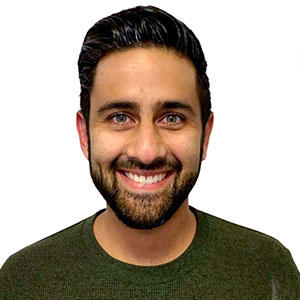
Francesco Dandekar, MD
Clinical Associate Professor
Psychiatry
Behavior Analysis Clinic
401 Quarry Rd, Dept of Psychiatry
Stanford, CA 94305-5795
Phone:
(650) 498-9111
Fax:
(650) 724-9900
Locations
Behavior Analysis Clinic
401 Quarry Rd, Dept of Psychiatry
Stanford, CA 94305-5795
Phone : (650) 498-9111
Fax : (650) 724-9900
Work and Education
Professional Education
University of California San Diego School of Medicine, La Jolla, CA, 06/02/2014
Residency
Stanford University Adult Psychiatry Residency, Stanford, CA, 06/30/2018
Board Certifications
Psychiatry, American Board of Psychiatry and Neurology, 2018
Languages
English
Connect with us:
Download our App: